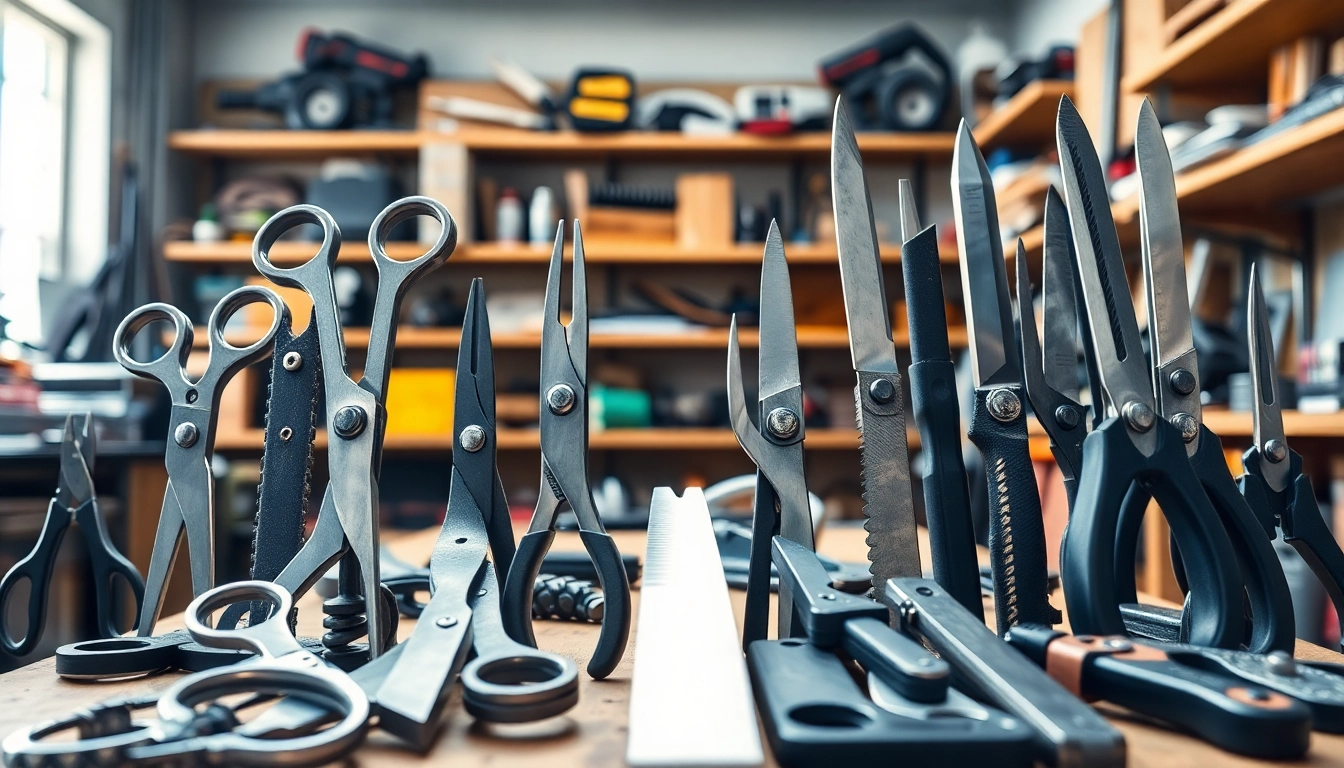What is Laminating Resin?
Laminating resin is a critical material in various industries, particularly in composites manufacturing. This versatile substance acts as a binder, holding together layers of materials like fiberglass or carbon fiber and enabling the construction of strong, durable composites. The utilization of laminating resin is integral across numerous fields, providing the necessary support and integrity required in finished products.
Definition and Composition
A laminating resin can be defined as a thermosetting polymer used for creating composite materials. It is generally categorized into two main types: polyester and epoxy. The composition of laminating resin is primarily focused on its ability to bond with fibers and create a low viscosity mixture, enabling the thorough saturation of reinforcement materials. Polyester laminating resins are usually based on unsaturated polyesters, which harden when cured, offering improved strength and resistance to environmental factors. Epoxy laminating resins, on the other hand, consist of a resin and a hardener that, when mixed, undergo a chemical reaction that solidifies the mixture upon applying heat or allowing it to cure at room temperature.
Types of Laminating Resin
There are two predominant types of laminating resins utilized in various applications:
- Polyester Laminating Resin: Known for its cost-effectiveness, polyester resin is frequently used in general-purpose applications. It is particularly advantageous due to its ease of use and quick curing times, making it ideal for both amateur and professional projects.
- Epoxy Laminating Resin: While typically more expensive, epoxy laminating resin provides superior mechanical properties and adhesion. It is particularly favored in applications that require high strength and durability, such as in aerospace and marine industries.
Key Properties of Laminating Resin
Understanding the properties of laminating resin is essential for its effective application. Here are some key properties:
- Viscosity: Laminating resins typically have low viscosity, allowing for easy application and penetration into fabric layers.
- Adhesive Strength: The ability to bond effectively with reinforcement materials directly influences the structural integrity of the final product.
- Curing Time: This refers to the time required for the resin to fully harden and develop its full mechanical properties.
- Flexibility and Toughness: These properties underlie the resilience of finished composite materials, particularly in applications undergoing stress or impact.
Applications of Laminating Resin
The applications of laminating resin span various industries, highlighting its versatility and essential role in many fields.
Use in Marine Construction
Laminating resin is extensively applied in boat and yacht manufacturing, where it provides the necessary strength and water resistance. The marine environment requires materials that can withstand harsh conditions, and laminating resin ensures that fiberglass components remain durable and stable over time. Crews lay fiberglass mats with laminating resin to create hulls, decks, and other critical components, ensuring they are light and structurally sound.
Applications in Aerospace and Automotive Industries
The aerospace and automotive sectors increasingly utilize laminating resin for its lightweight and strong characteristics. Components such as aircraft wings, structural elements in cars, and panels are often constructed using composite materials formed with laminating resin. This application improves fuel efficiency and performance while ensuring compliance with stringent safety standards.
Home Repair and Craft Projects
Laminating resin is not only reserved for industrial manufacturing; it is also popular in home repair and crafting projects. Hobbyists often use it to create custom furniture pieces, repair damaged items, or construct artistic projects. The ease of use and fast curing times make it an ideal material for both amateur and seasoned DIY enthusiasts.
Benefits of Using Laminating Resin
Utilizing laminating resin comes with numerous advantages that enhance the performance and durability of composite materials.
Enhanced Strength and Durability
One of the standout properties of laminating resin is its ability to provide enhanced strength and durability. When cured properly, laminating resin forms a rigid structure that can withstand significant stress and strain. This makes it an ideal choice for applications requiring high performance and safety.
Moisture Resistance Features
Laminating resins are engineered to resist moisture penetration, thereby protecting the integrity of the materials fused together. This moisture resistance is crucial in marine environments where exposure to water is constant. Structures made with laminating resin can resist degradation from water, chemicals, and other environmental factors, ensuring longevity.
Ease of Use and Versatility
Another compelling benefit is the ease of use associated with laminating resin. The mixture is usually straightforward to handle, and its quick curing time enables faster project completion. Its versatility is demonstrated across a wide range of applications, from industrial manufacturing to artistic endeavors, making it a go-to choice across various sectors.
Best Practices for Working With Laminating Resin
To achieve the best possible results with laminating resin, it is essential to follow best practices during preparation, application, and maintenance.
Preparation and Safety Measures
Proper preparation is key to a successful project involving laminating resin. First, ensure that all materials and tools are clean and dry. Set up in a well-ventilated area and, if necessary, use protective equipment like gloves and masks to avoid skin or respiratory issues due to fumes generated during mixing and curing. It’s also beneficial to perform a small test to assess the mixing ratios and application methods.
Application Techniques for Optimal Results
To attain optimal results, apply the laminating resin methodically. Begin by mixing the resin and hardener according to the manufacturer’s specifications. Use brushes or rollers for even application, ensuring that the resin saturates the fabrics thoroughly, alleviating any air bubbles that might compromise the bond. Layering materials should be done while allowing adequate time between applications for the resin to achieve tackiness, which improves adhesion.
Post-application Care and Maintenance
After the application has cured, routine maintenance is critical to extending the lifespan of the laminated structure. Perform inspections for signs of wear or damage, and reapply resin as needed to boost protective features. Regular cleaning and protective coatings can also help maintain durability and aesthetic appeal.
Challenges and Troubleshooting Laminating Resin
Despite its benefits, there are challenges associated with using laminating resin, but understanding them can lead to effective troubleshooting.
Common Issues Faced During Application
Common issues during application include bubbles, improper curing, and uneven layering. Bubbles can occur from trapped air, while improper curing can be caused by inaccurate mixing ratios or environmental conditions such as temperature and humidity. Uneven layering can result in weak bonds and structural integrity issues.
How to Fix Incomplete Cures
Incomplete curing can be addressed by increasing the temperature of the surrounding environment if feasible. If a product does not cure properly, consider gently sanding the surface to remove the uncured material and reapplying a fresh layer of laminating resin, ensuring that adequate mixing ratios are maintained.
Understanding Compatibility with Other Materials
The compatibility of laminating resin with other materials like various fibers or fillers plays a crucial role in achieving the desired outcomes. Before initiating a project, developers should check compatibility charts or product datasheets to ensure that no adverse reactions will occur. This compatibility is vital to maintaining structural integrity and performance.



